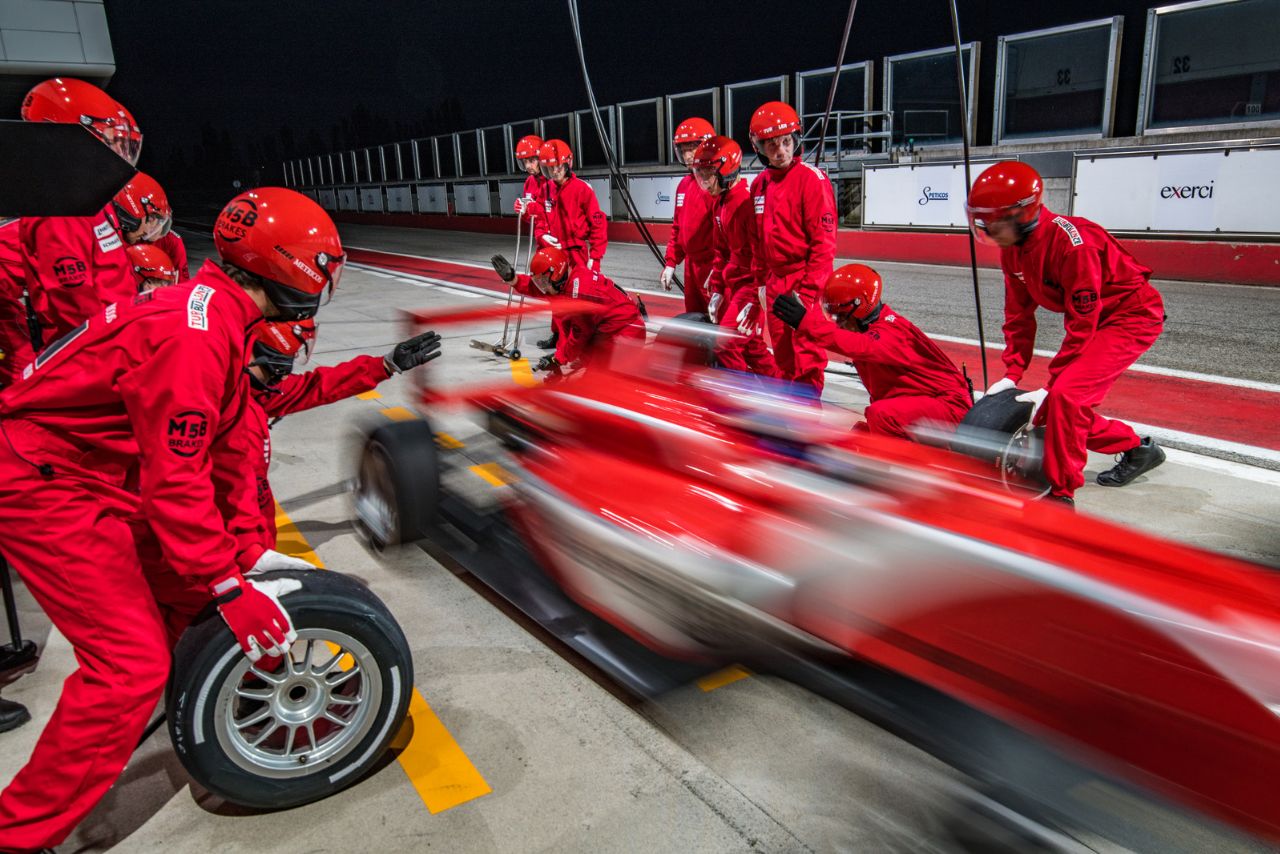
Revolutionizing Performance Management: The Rise of Performance Enablement
today2023.04.23. 1711

WHY SHOULD YOU CARE?
Performance management is an essential function of HR and people management, but traditional annual reviews and numerical ratings may no longer be effective in today’s business landscape. HR leaders must embrace new trends and innovations in performance management to improve employee engagement, productivity, and overall organizational success. One of the key trends is shifting from performance evaluation to performance enablement, which emphasizes ongoing feedback, coaching, and development opportunities to help employees grow and improve in real-time. The focus on Performance Enablement will also be an important talking point at the HORIZON Summit.
Performance management has long been an essential function of human resources departments worldwide. But the traditional performance review model of annual reviews and numerical ratings may no longer suffice in an ever-evolving business landscape. HR leaders must embrace new trends and innovations in performance management to boost employee engagement, productivity, and overall organizational success.
One of the key trends in performance management today is a shift from performance evaluation to performance enablement. This involves moving away from traditional methods of evaluating past performances in favor of developing employees so that they can maximize their own present and future performance. Performance enablement emphasizes ongoing feedback, coaching, and development opportunities designed to help employees grow and improve in real-time.
Tamra Chandler, the author of “Feedback (and Other Dirty Words): Why We Fear It, How to Fix It“, asserts that performance enablement is an integral component of modern performance management. According to Chandler, traditional performance management practices are no longer effective – often bureaucratic, slow-moving, and failing to engage employees – yet performance enablement provides an alternative more agile, and effective method of performance management through continuous feedback, coaching, and development, creating an agile yet efficient solution.
HR leaders should remain aware of various trends and innovations related to performance management as they plan for the future. These may include:
- Continuous Feedback and Coaching: Continuous feedback and coaching is becoming more of a key feature of performance management, as employees increasingly seek feedback more frequently than just once annually. Companies are taking advantage of technology to make feedback accessible as well as enable managers to coach employees more quickly than ever.
- Objective Setting and Goal Aligning: Aligning objectives across an organization is key to driving employee engagement and meeting business goals. HR leaders are turning to technology in order to create greater visibility and transparency around goals and progress, leading to increased accountability and improved performance.
- Performance Metrics and Analytics: With businesses becoming more data-driven, HR leaders are using performance metrics and analytics to gain insight into employee productivity, engagement, and retention rates – data that they can then use to pinpoint areas for improvement or make data-driven decisions about workforce development and management.
- Employee Recognition and Rewards: Employee recognition and rewards are an integral component of employee engagement and retention, so HR leaders have implemented programs to recognize and thank employees for their contributions to the organization – such as spot bonuses, peer recognition programs, and personalized rewards.
Betterworks, a performance management software company, also weighs in on these trends and innovations. Doug Dennerline, the CEO of the company, states: “Setting goals annually has become less relevant as organizations need to adapt quickly in terms of agility and change strategy on an as-needed basis.”. He adds: “Change agents who serve as leaders within an organization or manager are ideal to engage in building the process as advocates internally for any change brought forth from you.
CASE EXAMPLES
ADOBE
Adobe’s Check-In initiative emphasizes ongoing feedback, coaching, and development conversations between managers and employees.
The Check-In Process involves regular two-way conversations between employees and managers to discuss performance and career development, exchange feedback, and set goals for the future. This approach offers a more meaningful means of addressing what’s working well, what requires improvement, and where they should focus their efforts next to create business impact and career advancement.
As work changed, Adobe realized the need to adapt Check-in accordingly. To meet growing company needs and support employee development, Adobe introduced digitally enabled Check-in; providing employees a centralized place where they can document goals, discuss performance with managers, and plot future career aspirations maps.
Adobe engaged hundreds of leaders and employees from different teams and territories in its research for this new platform, to ensure its new Check-in process would meet the changing workplace environment effectively and consistently. While still emphasizing ongoing conversations and real-time feedback, its digital format provides a more streamlined approach to goal setting and performance management.
Adobe has demonstrated its dedication to employee experience and career growth by prioritizing ongoing conversations and real-time feedback – making Check-in an integral part of its performance management system and meeting employees’ and managers’ needs more collaboratively and efficiently.
DELOITTE
Deloitte recently revamped its Performance Management (PM) system, placing more focus on what future actions a team leader may take based on four statements about individuals. Deloitte’s Performance Snapshot incorporates regular feedback, coaching and development conversations aimed at aligning performance management with culture and business strategy. According to Deloitte, this approach has increased employee engagement and satisfaction; over 80% of employees reported feeling like they received regular feedback. Deloitte is still working on some aspects of performance management, but it has made a significant step in developing an understanding of the strengths and abilities of every employee. The next phase will provide a multidimensional view of the employee’s interests, aptitudes, and contributions.
Conclusion In essence, performance management’s future lies in helping employees to perform at their peak potential. This requires moving away from traditional annual reviews and numerical ratings in favor of ongoing feedback, coaching, and development opportunities. HR leaders should embrace trends and innovations within performance management to increase employee engagement, productivity, and overall organizational success – as we shall be discussing at the HORIZON SUMMIT soon, “It’s time to move beyond performance management to focus on performance enablement”.

Written by: Mihaly Nagy
Culture Employee Engagement Employee Experience HR Strategy Performance Management
Previous post

- 1304
labelArticles today2023.04.20.
Transforming Organizations Through Employee Experience – Conversation with Elena Aylott
WHY SHOULD YOU CARE? Employee experience has become an integral component of organizational success, yet its definition remains murky and transformation is hard to measure. Here we sit down with [...]
Similar posts

labelArticles today2024.07.24.
AI-Powered HR: Strategic Benefits and Practical Applications

labelArticles today2024.06.24.








Post comments (0)